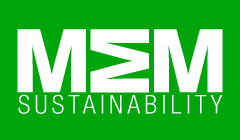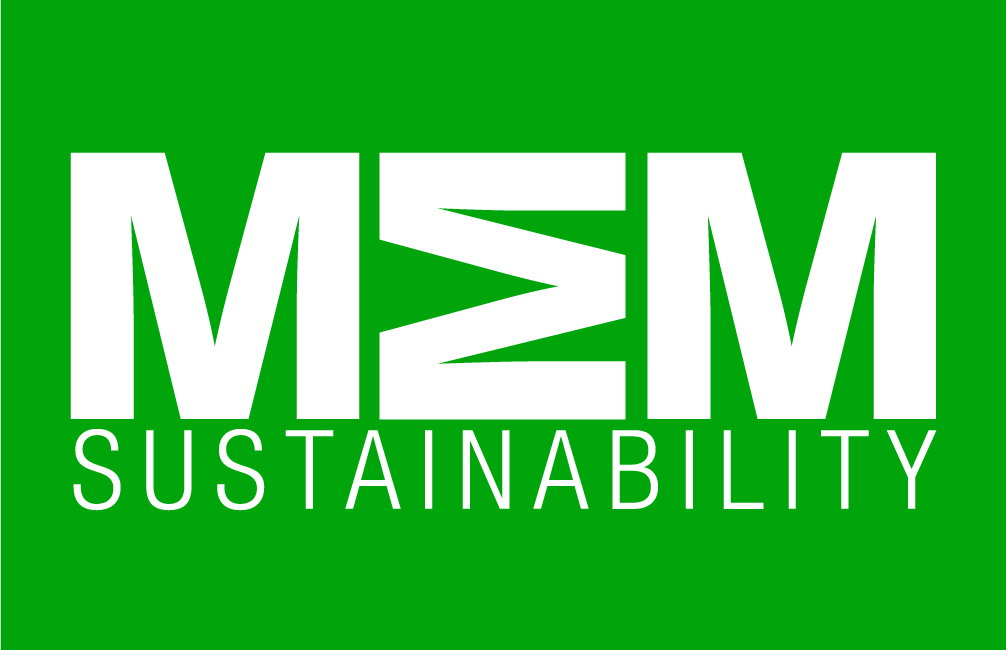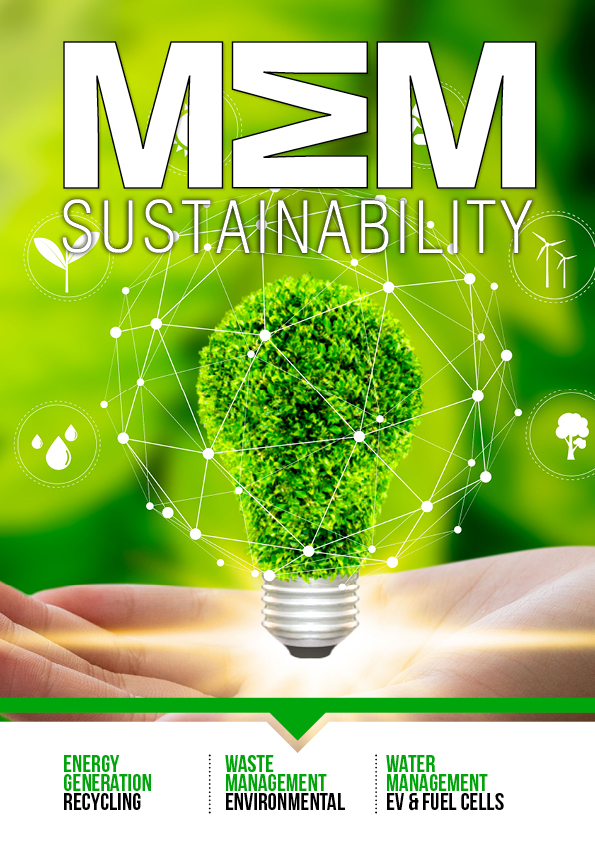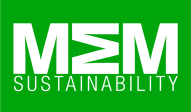Whirlpool has a history of sustainable operations. The brand – famous for its kitchen and laundry products – was the first home appliance manufacturer to establish an office of environmental control in 1970.
That dedication continues today, some fifty years later. Whirlpool has made a global commitment to reach net-zero emissions in its plants and operations by 2030, building on a 60% reduction in emissions since 2005.
In recent years, Whirlpool has been working with Axil integrated Services to simplify its waste streams, implement a waste hierarchy, and achieve a zero send to landfill status – all while reducing costs.
In 2020, 71% of Whirlpool sites had achieved Zero Waste to Landfill Gold or Platinum status and the company is set to reach 100% this year.
“Axil has been key to Whirlpool achieving Zero Waste to Landfill at both our HQ and Yate Factory,” says David Sherrington, UK & Ireland Energy, Environmental, Health & Safety Manager at Whirlpool.
“We outlined our needs, and the Axil team used all its skills and experience to ensure that we followed the waste hierarchy. That meant not just avoiding waste to landfill, but actively seeking out better ways to then recycle – and doing so in a way that produced a better quality of waste stream whilst driving down costs for the whole operation.
“Axil greatly improved the working conditions for the staff they took on, which helped turn the local teams into truly motivated teams, supported by attentive managers.”
The UK Government is committed to recycling 65% of municipal waste and reducing the amount of waste sent to landfill to 10% by 2035. However, the overall UK recycling rate currently languishes at 44%.
According to David, the problem is that municipal waste is a combination of waste from households and businesses. It’s often mixed and compacted, making it harder to separate recycled materials.
“With Axil’s assistance, we avoid waste going down this route as we seek to recover the inherent value in materials – that we view as resources rather than wastes. Moreover, when we deliver appliances, we take back the old ones, as well as the packaging, and divert these potential wastes into materials that are recycled.”
Axil also returns rebates from recycled materials to Whirlpool – offsetting the majority of the company’s waste management costs.
“Getting value from “waste” requires an understanding of the waste markets at an international level,” says David.
“Axil’s expertise and open book approach to demonstrating value via rebates is one of its great strengths.”
To ensure its sustainability targets are transparent, Whirlpool has partnered with PlanetMark, which will independently audit its GHG emissions.
“Greenwashing is something we will avoid by being honest and partnering with independent organisations that will validate the work we are doing as we strive towards our Net Zero 2030 target for our Scope 1 and 2,” says David.
Scope 1 and 2 covers the electricity and fossil fuels that businesses use directly. “We already use renewable energy across our 14 UK sites,” adds David.
However, for manufacturers in particular, Scope 3 is often the most significant contributor to emissions. These cover indirect emissions such as purchased goods and services, as well as waste management. They also include products in use. “We can only influence that,” says David, who adds that Whirlpool is always striving to improve the efficiency of its appliances. “However, the only significant way to reduce Scope 3 is by the National Grid swapping to a Net Zero system. This is planned for 2035 in the UK.”
There are still challenges ahead, but David believes companies are moving in the right direction.
“We are starting to see a greater focus on financing sustainable organisations, the adoption of trusted, independent auditing to avoid greenwashing, and the push not for just being Net Zero but negative zero: returning the planet to better health by increasing biodiversity and better-integrating humankind into the web of life. And all this will need to be powered by a renewable energy revolution.”
Manufacturing & Engineering Magazine | The Home of Manufacturing Industry News
















